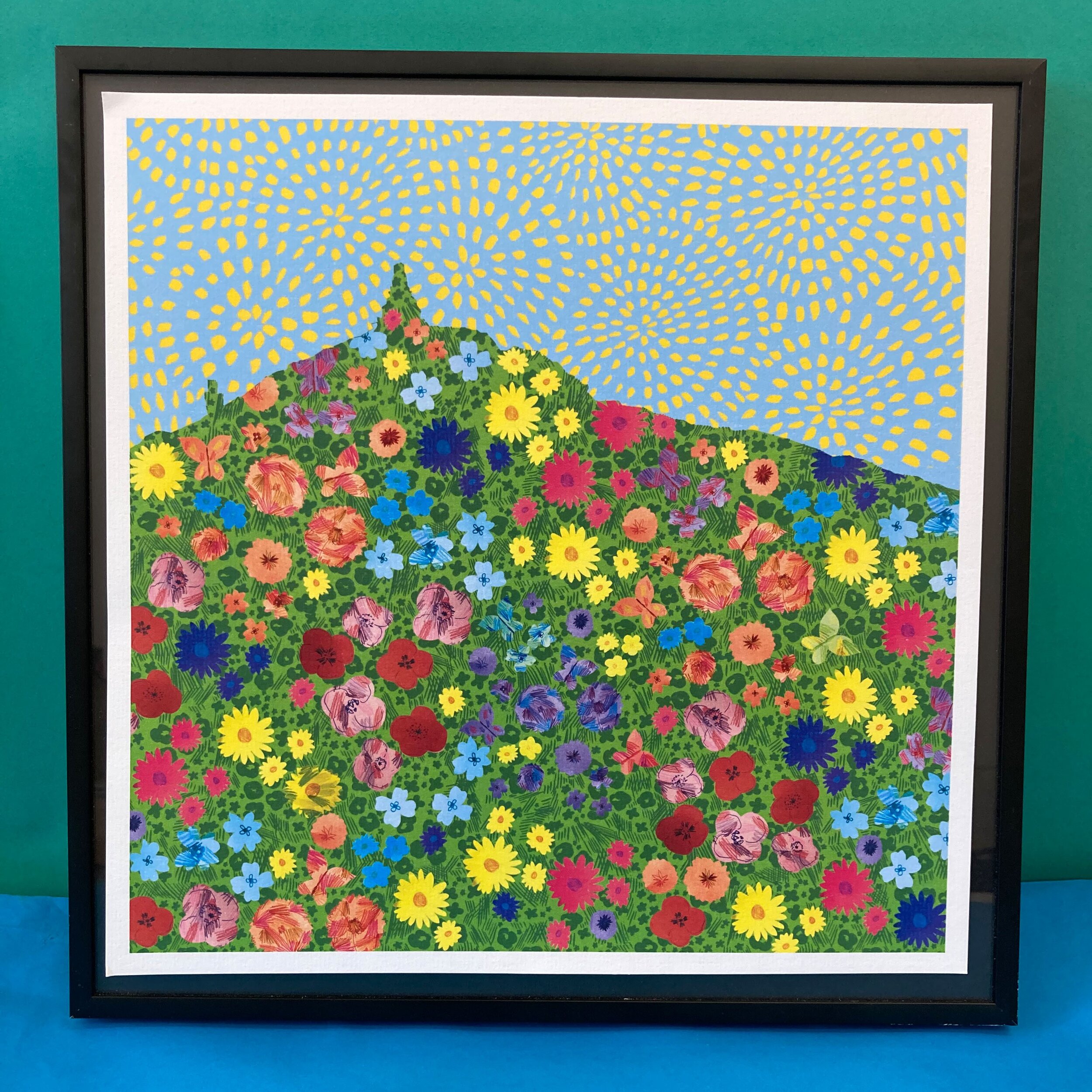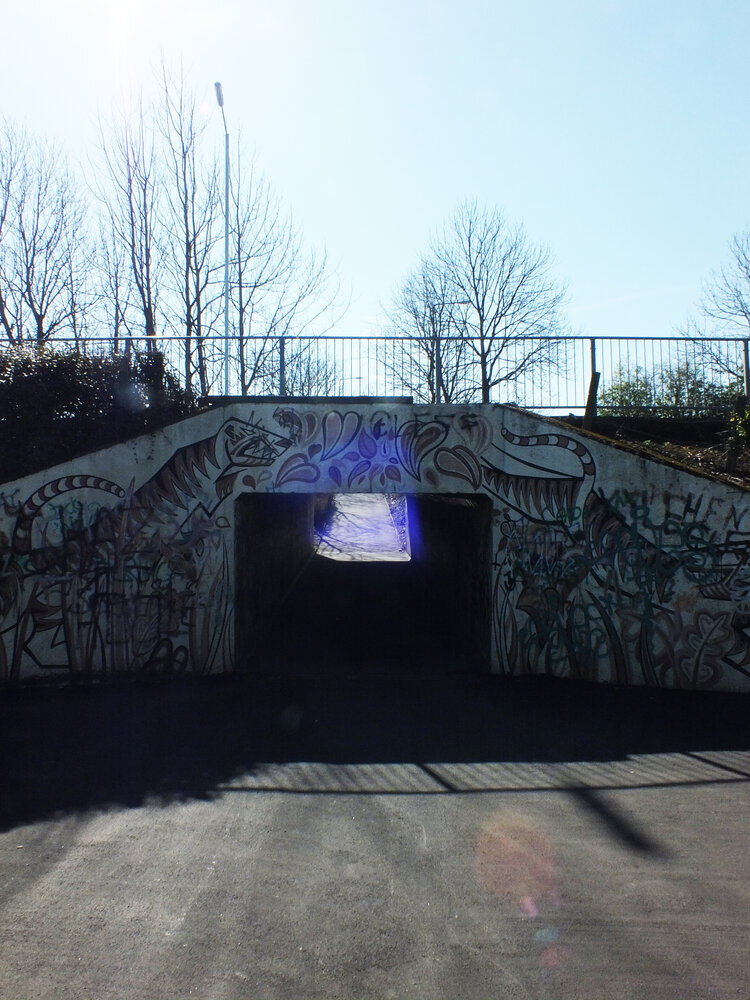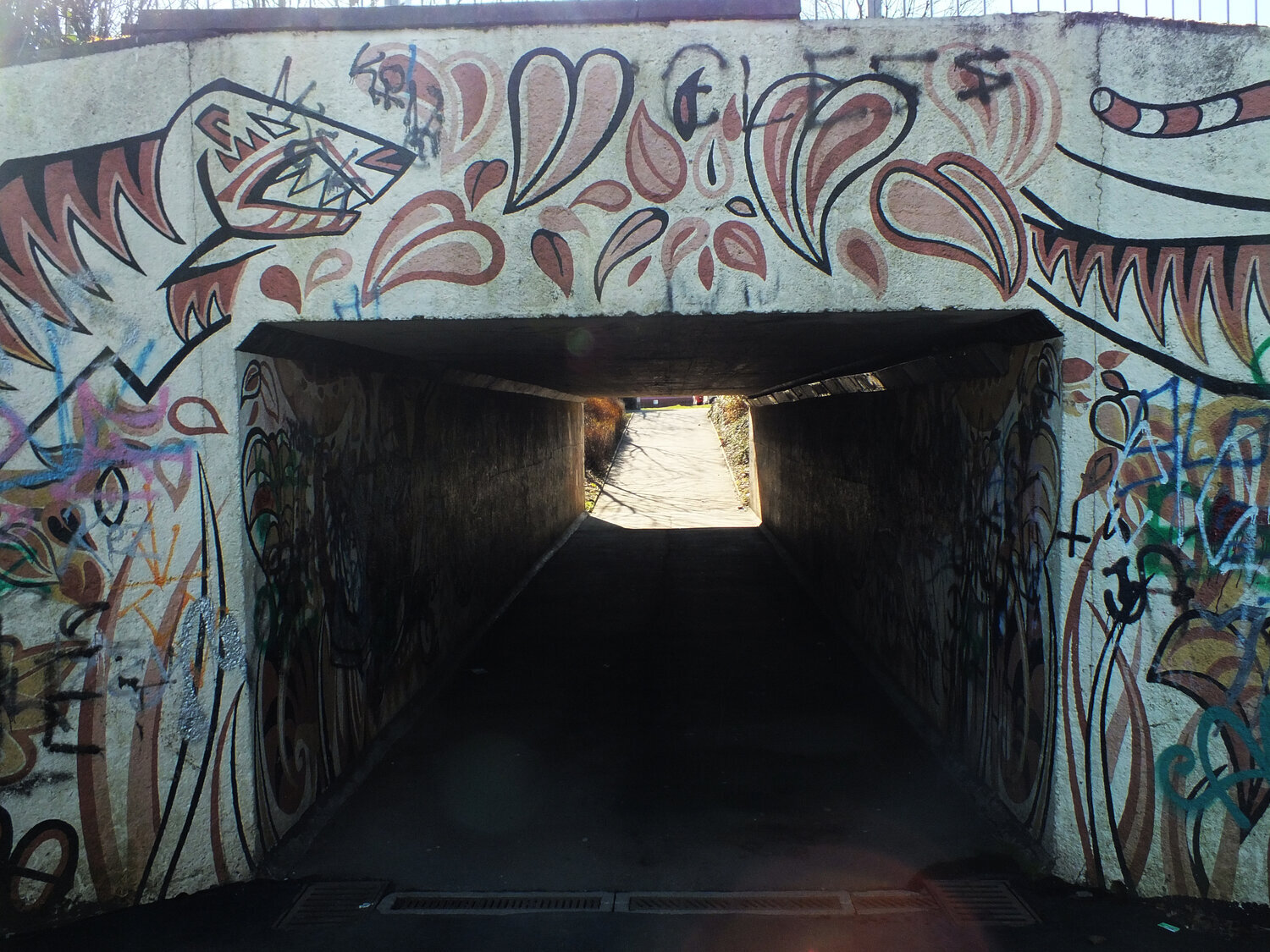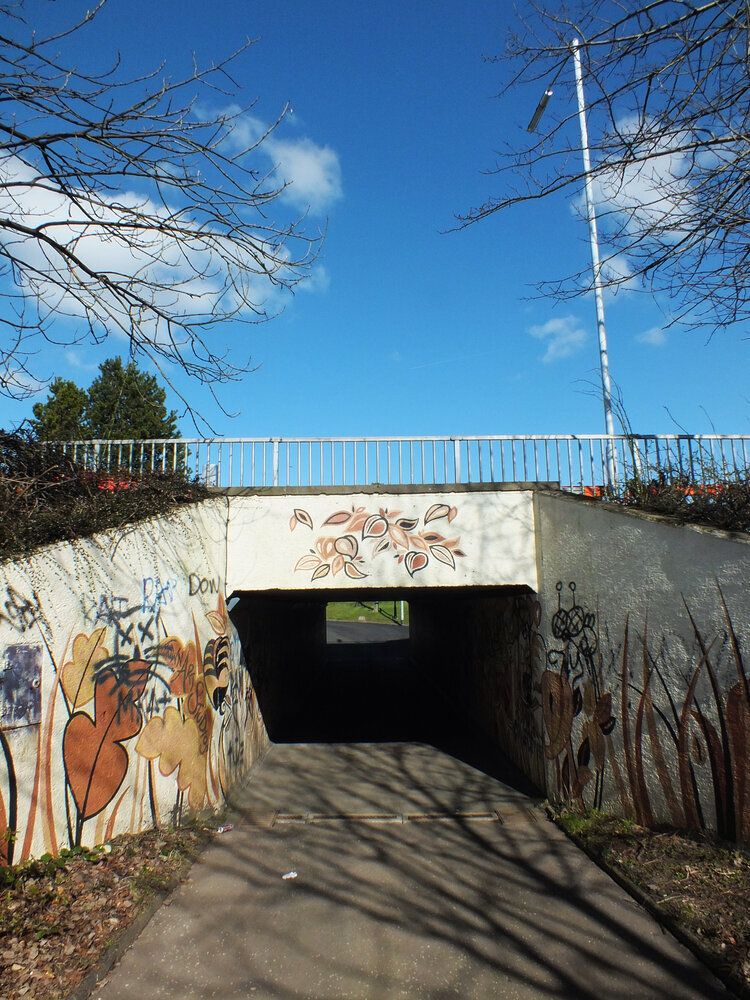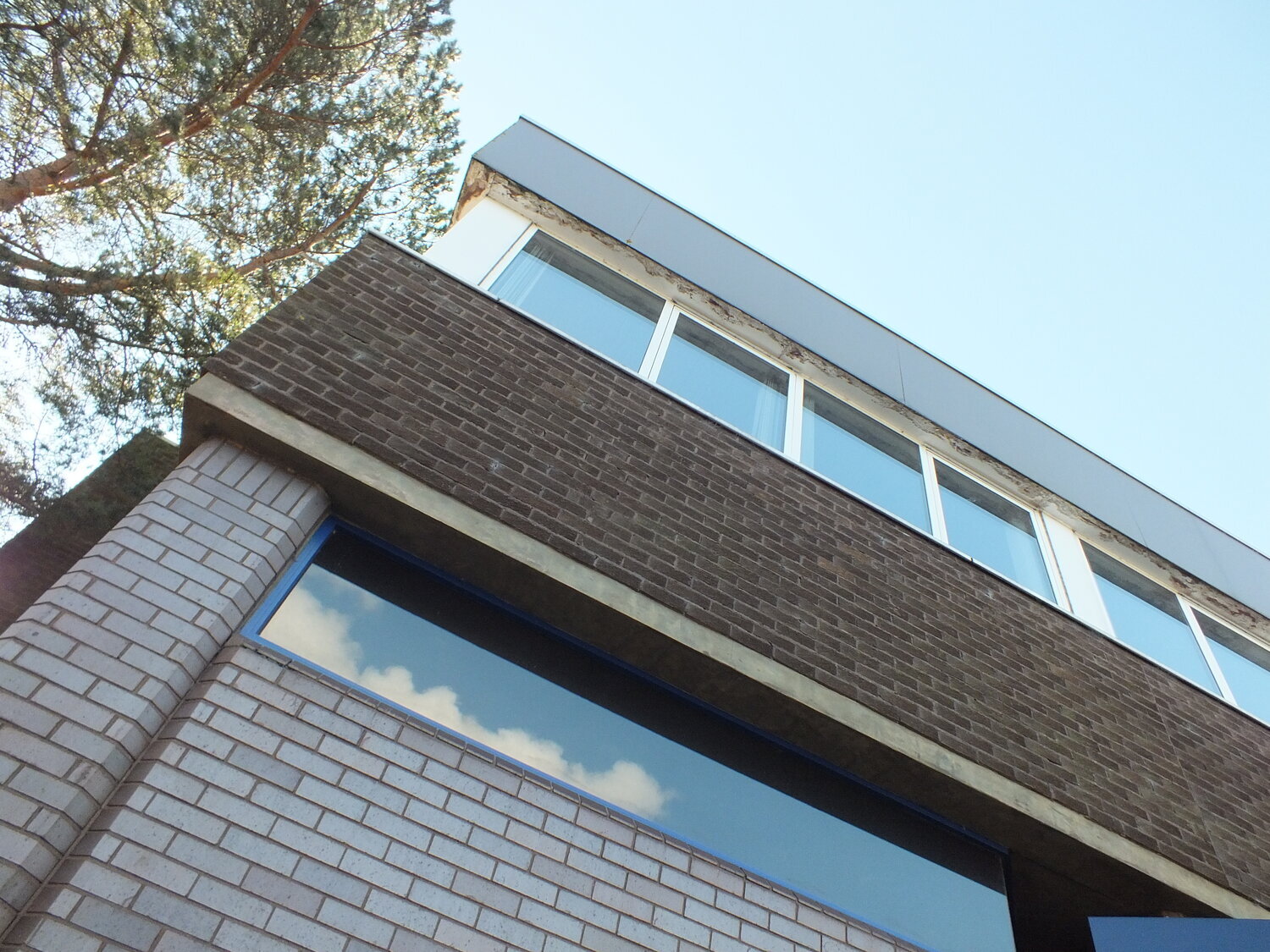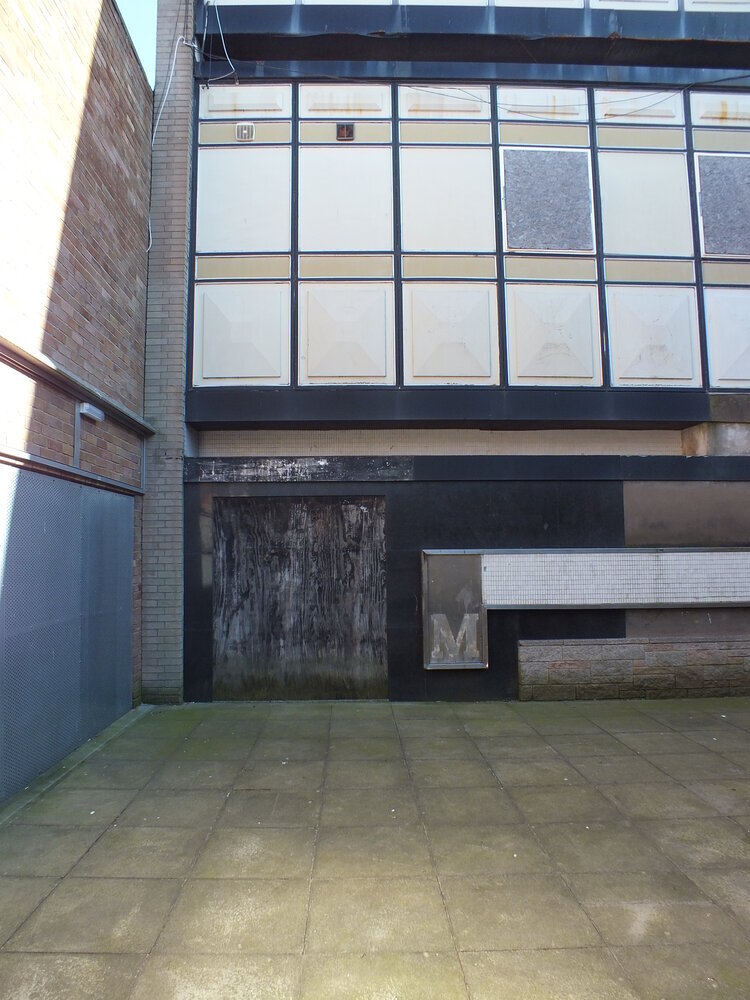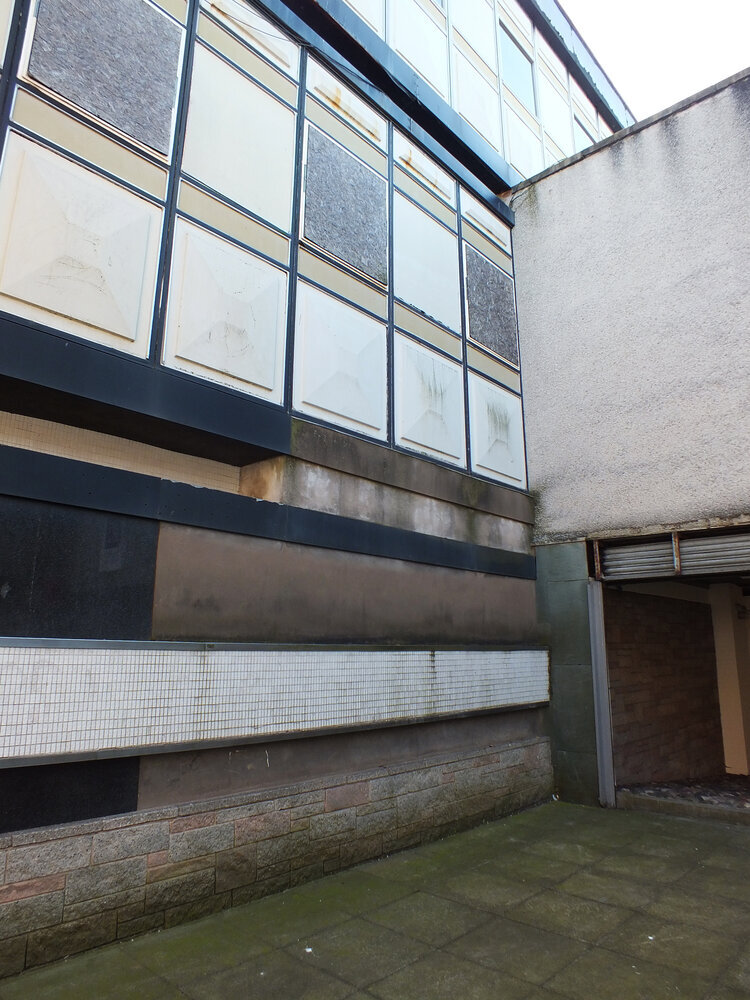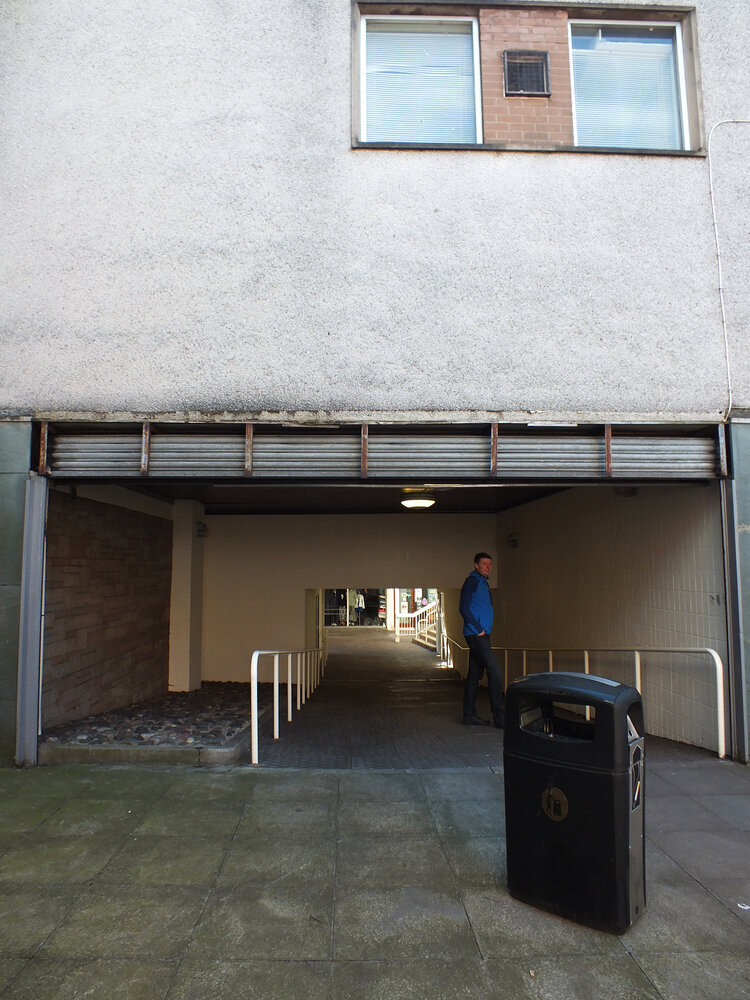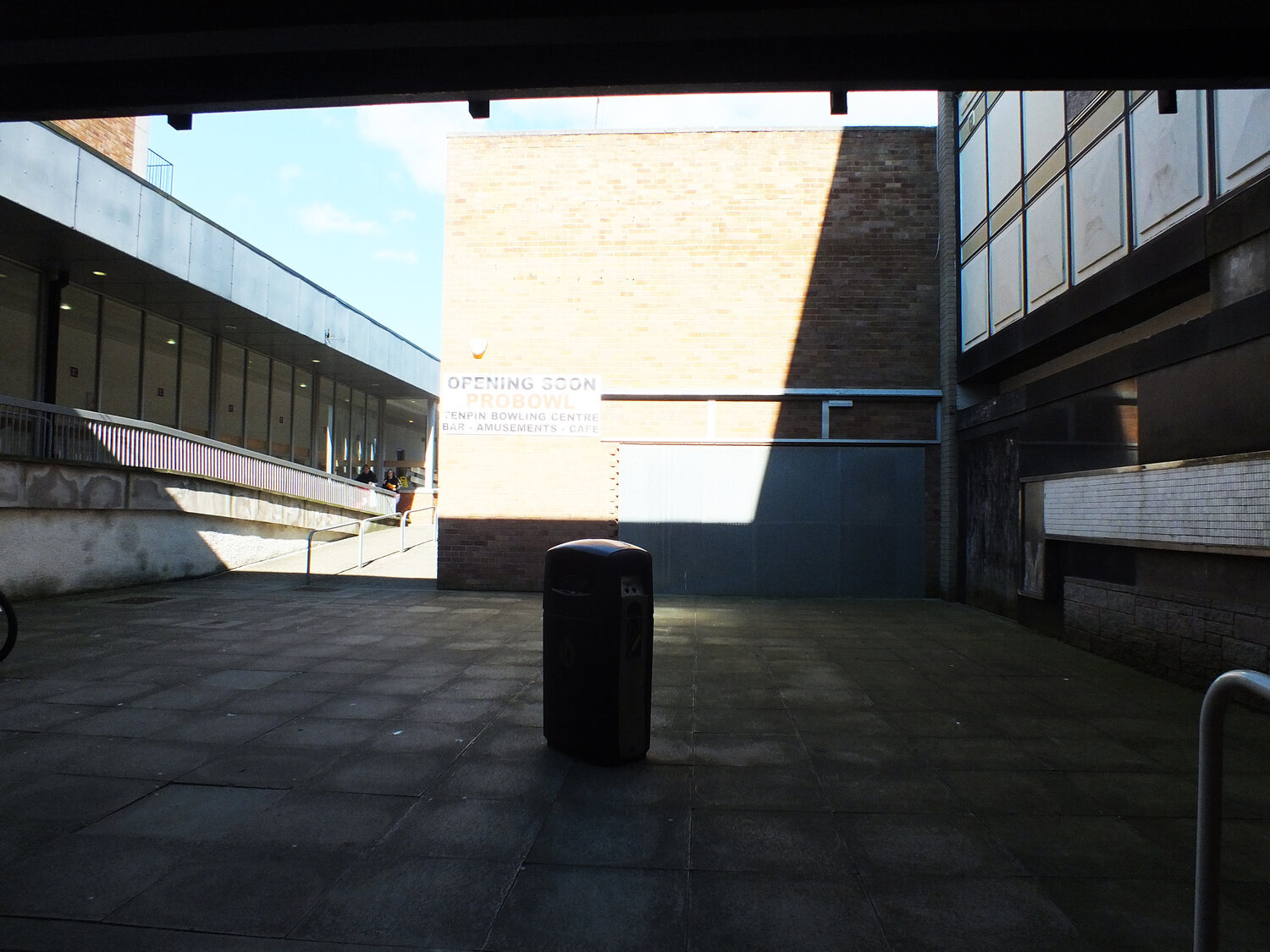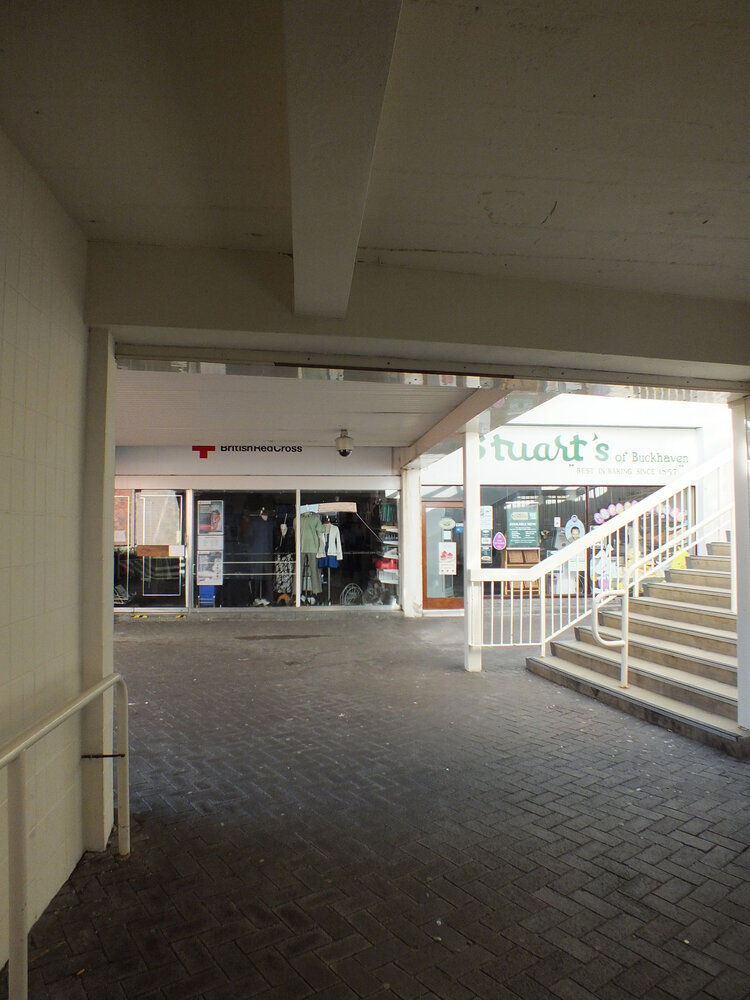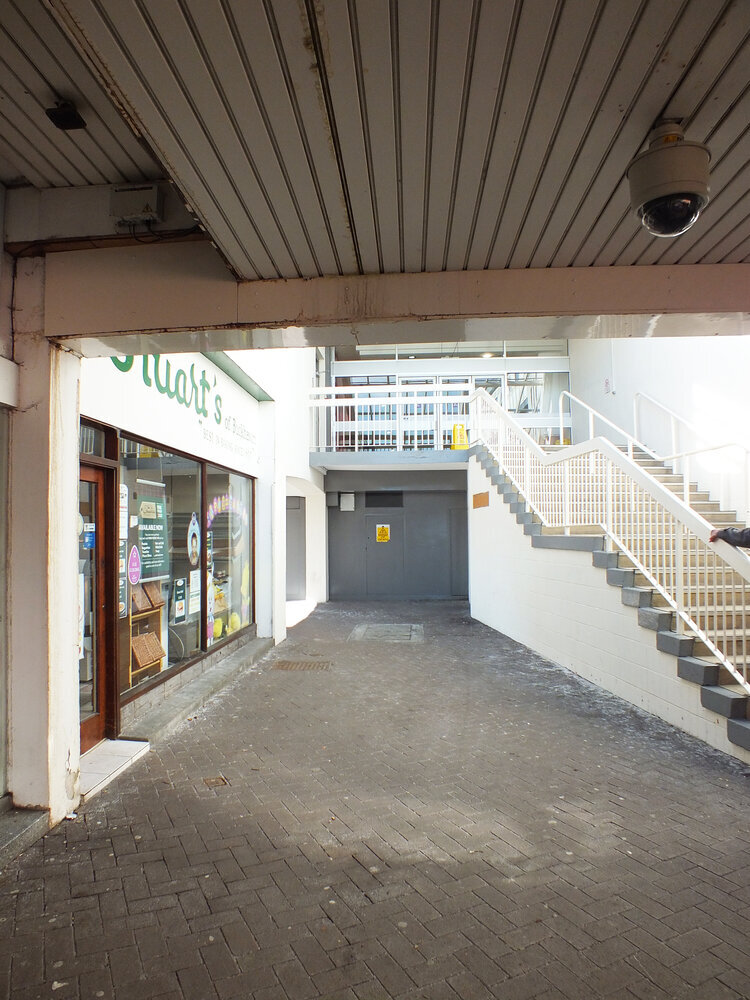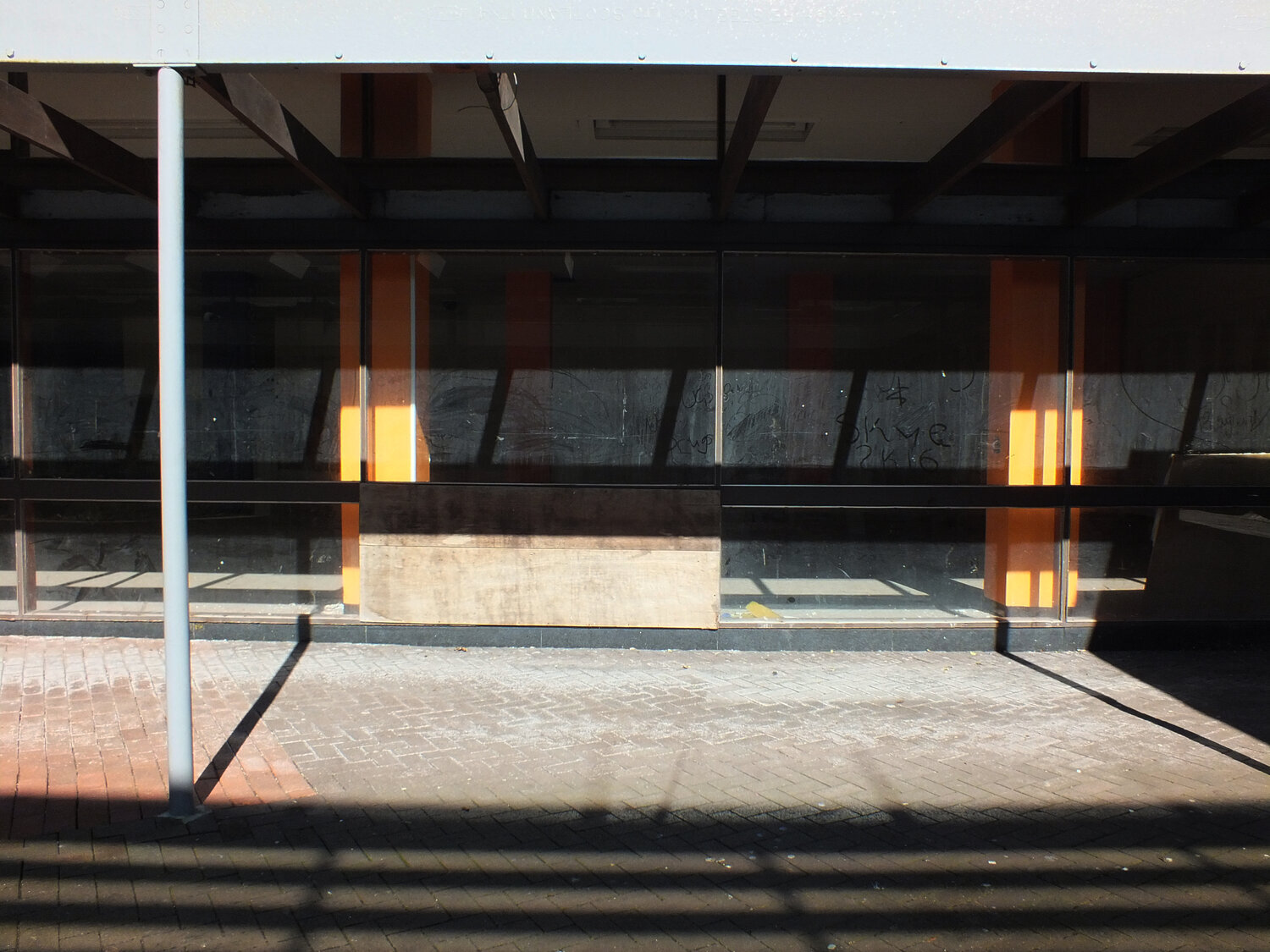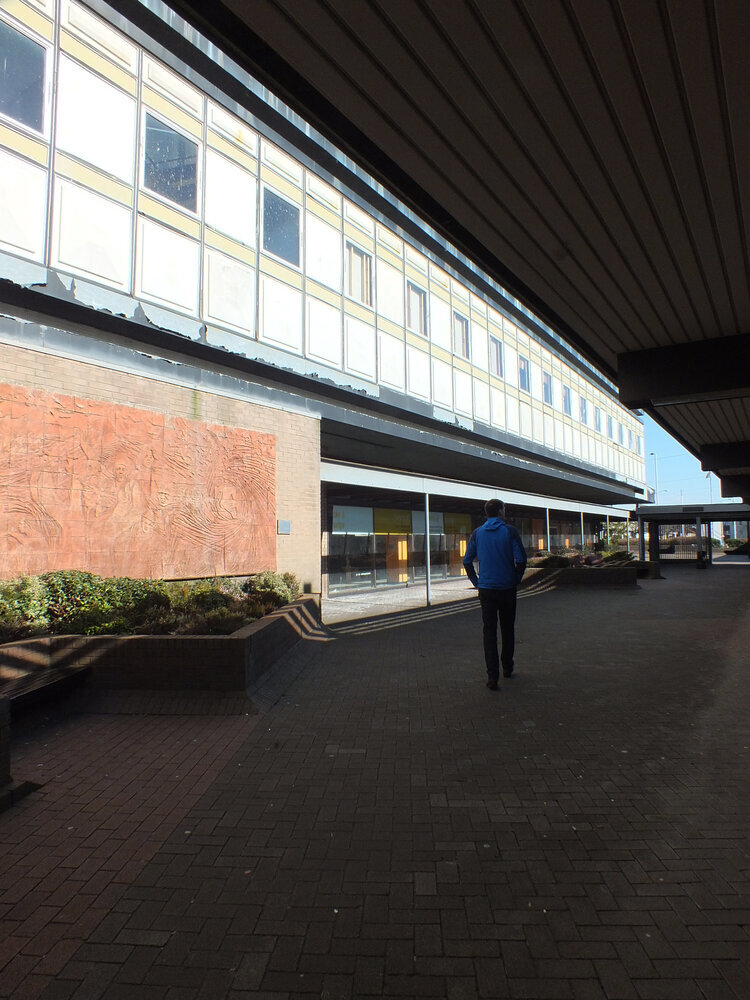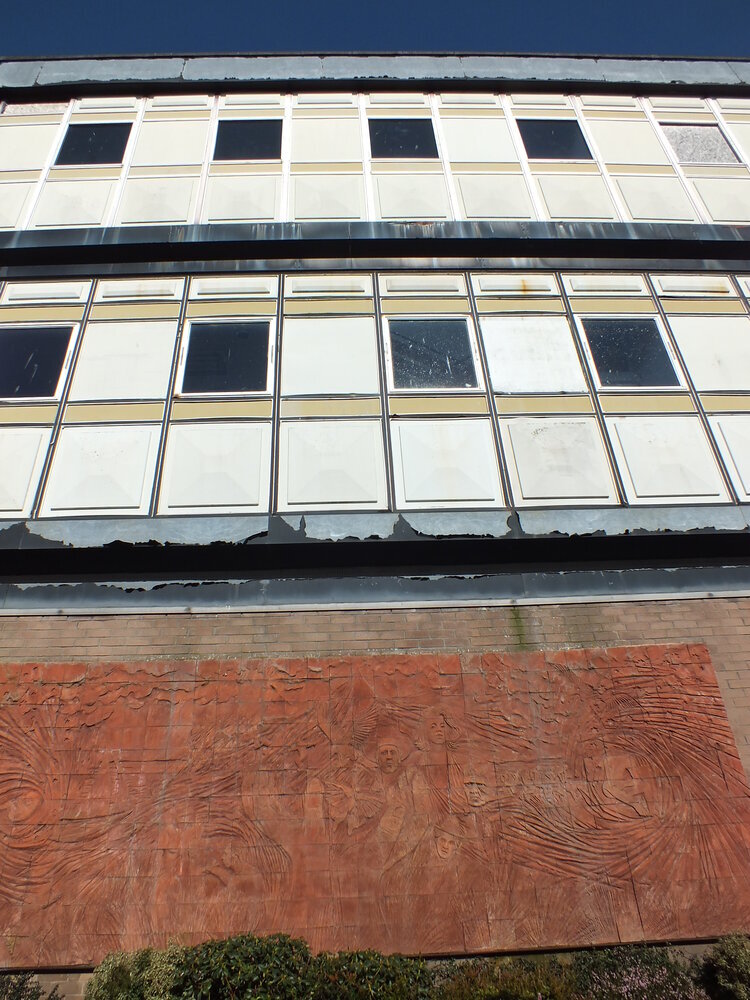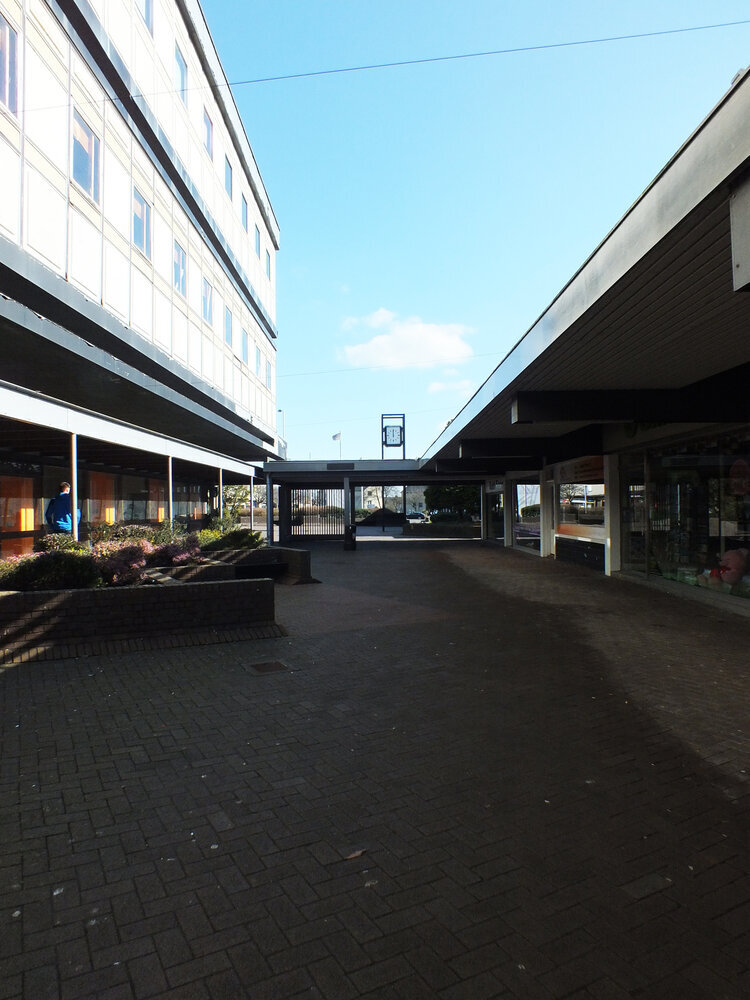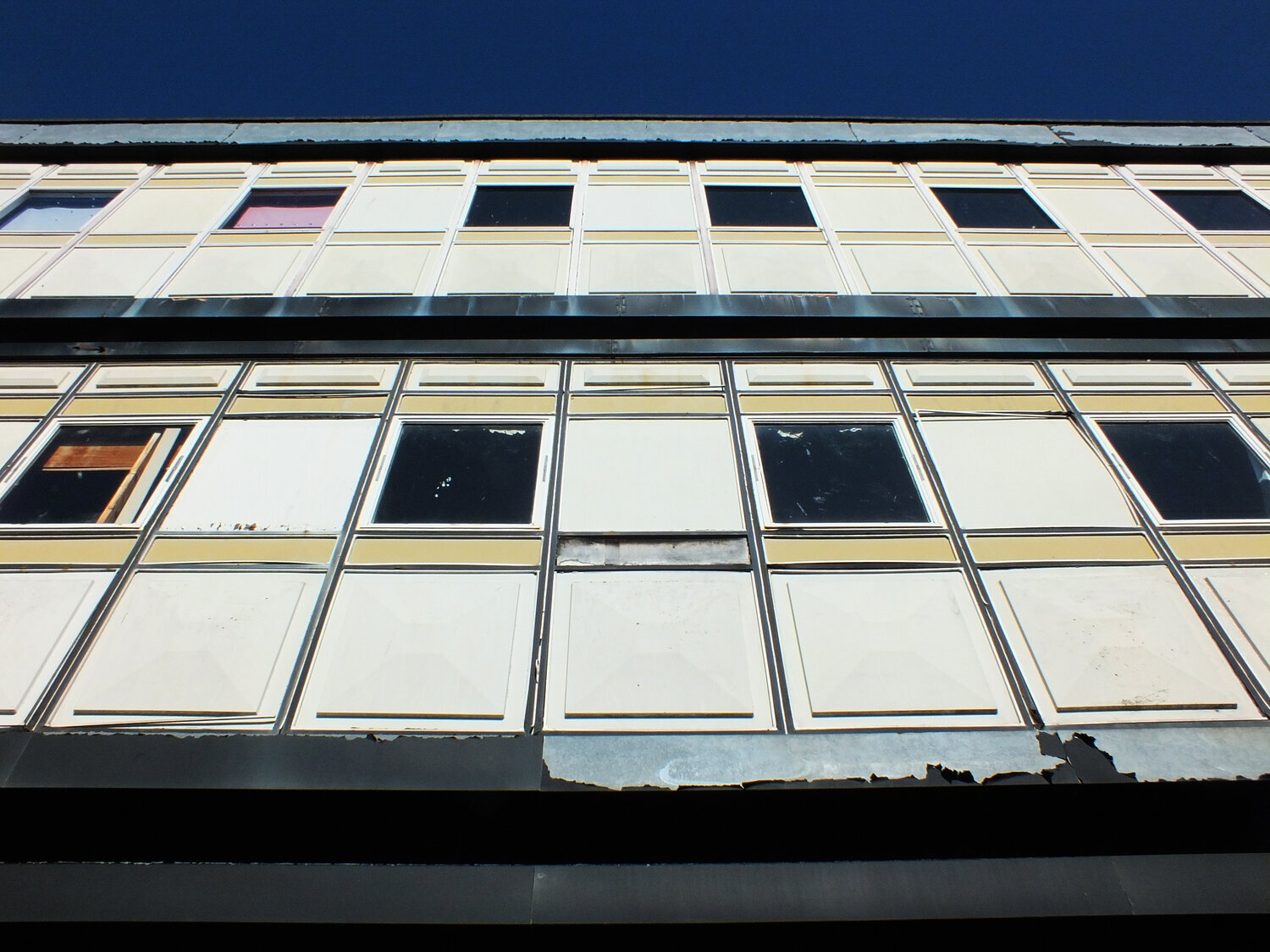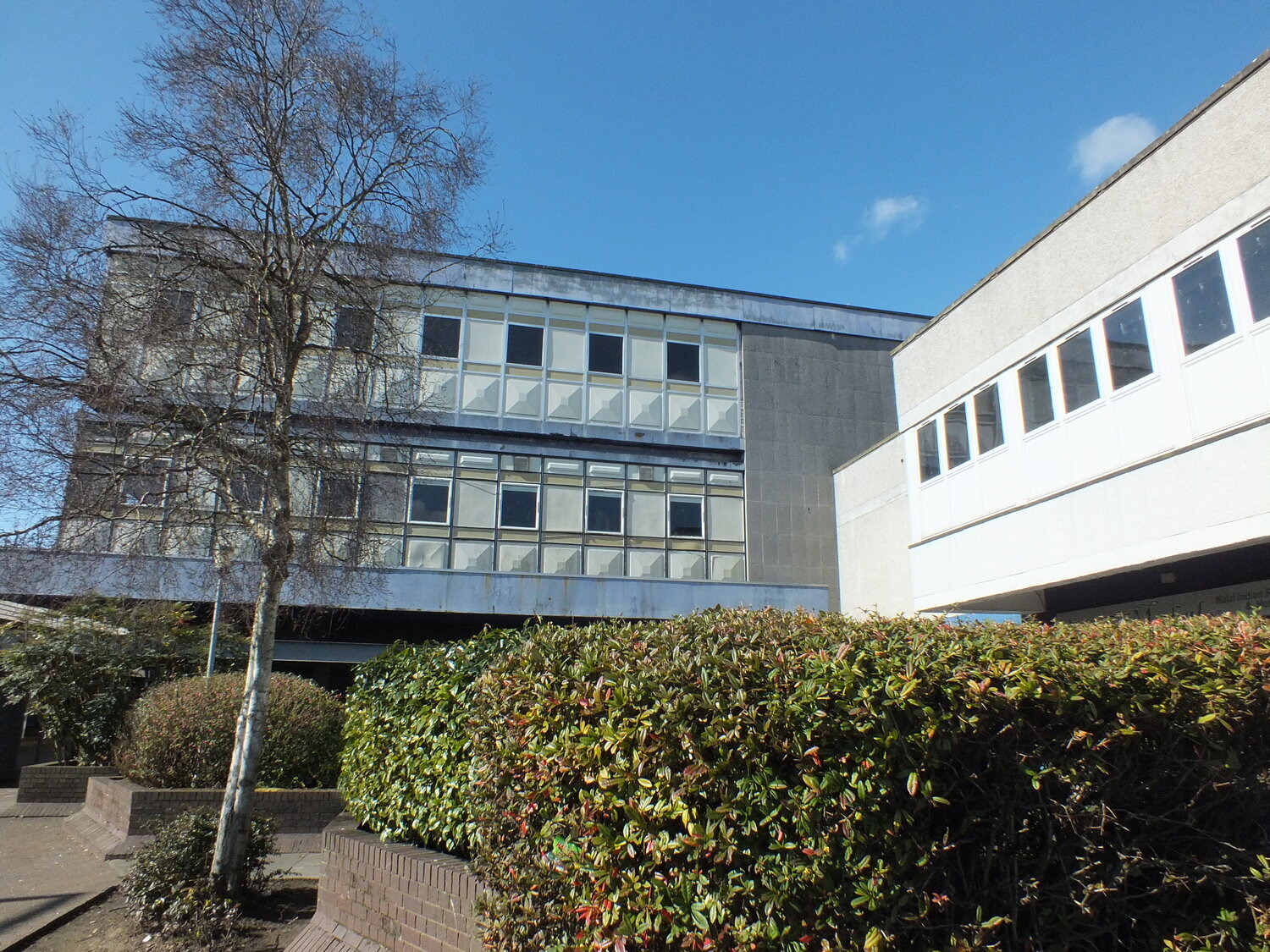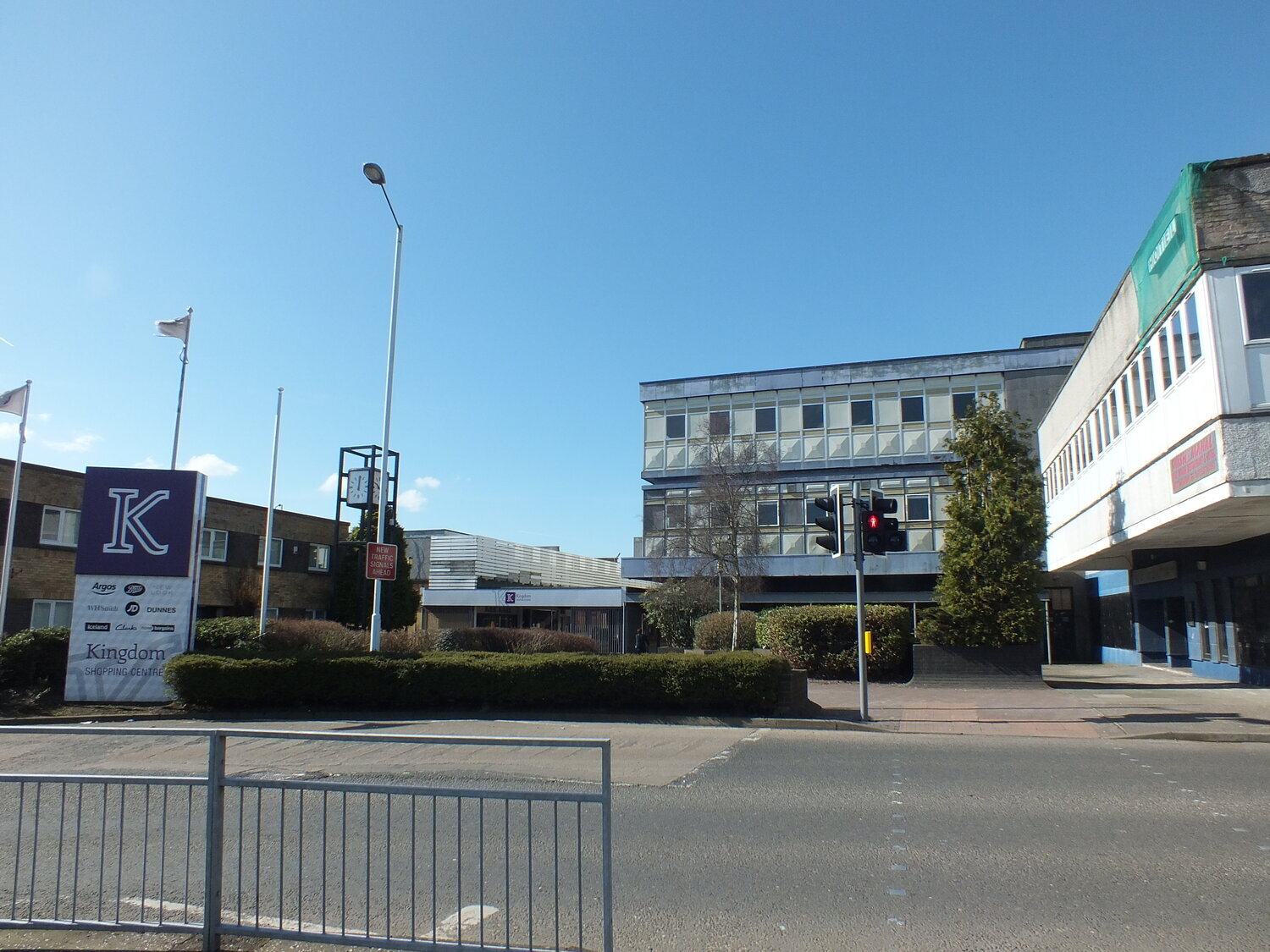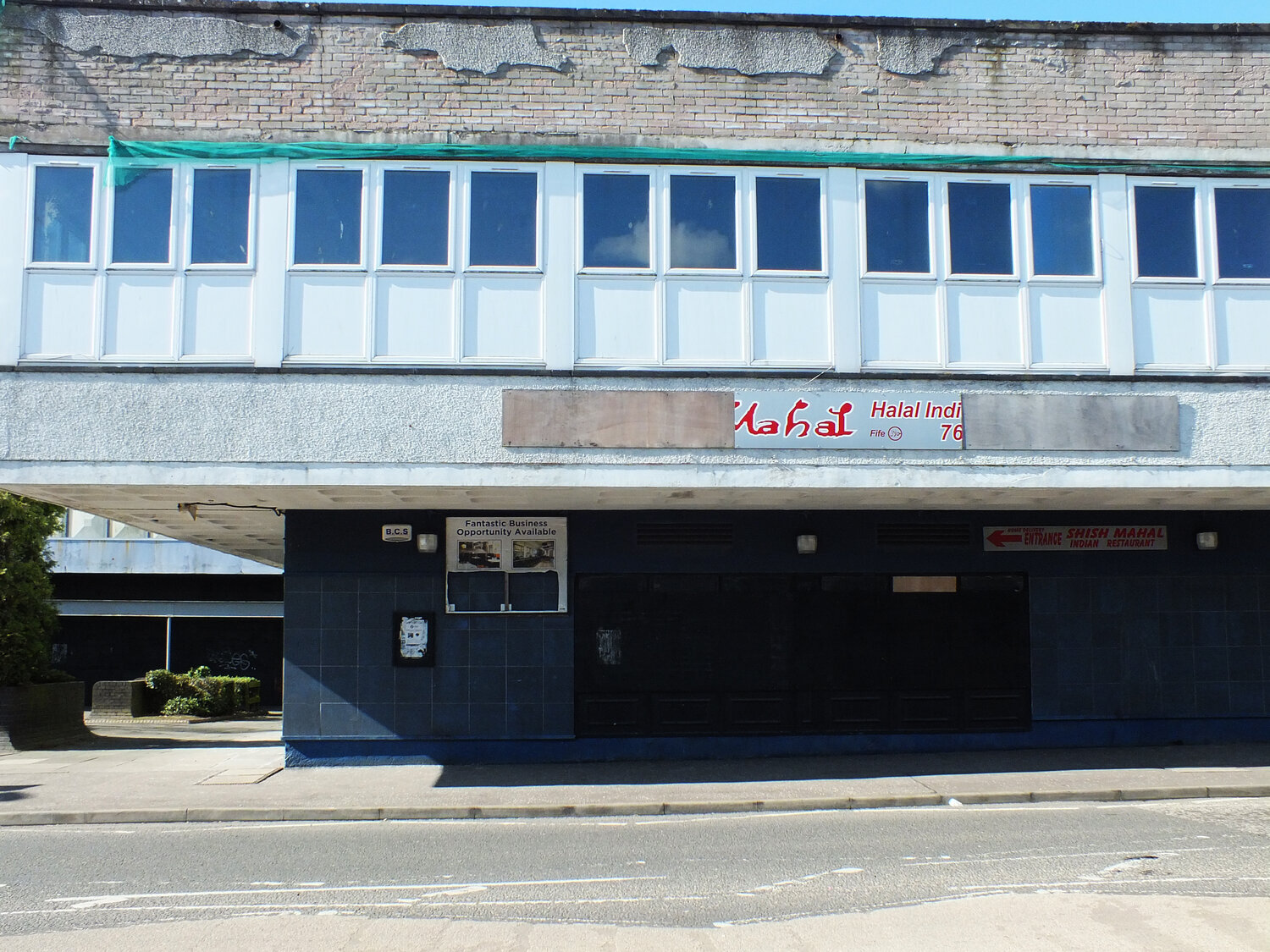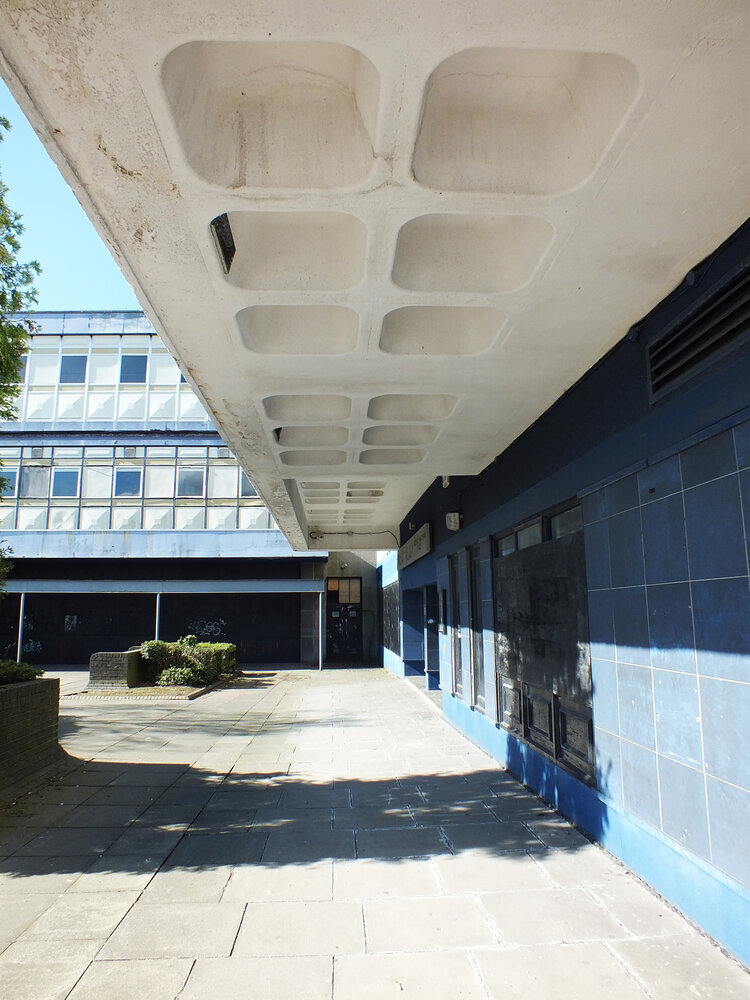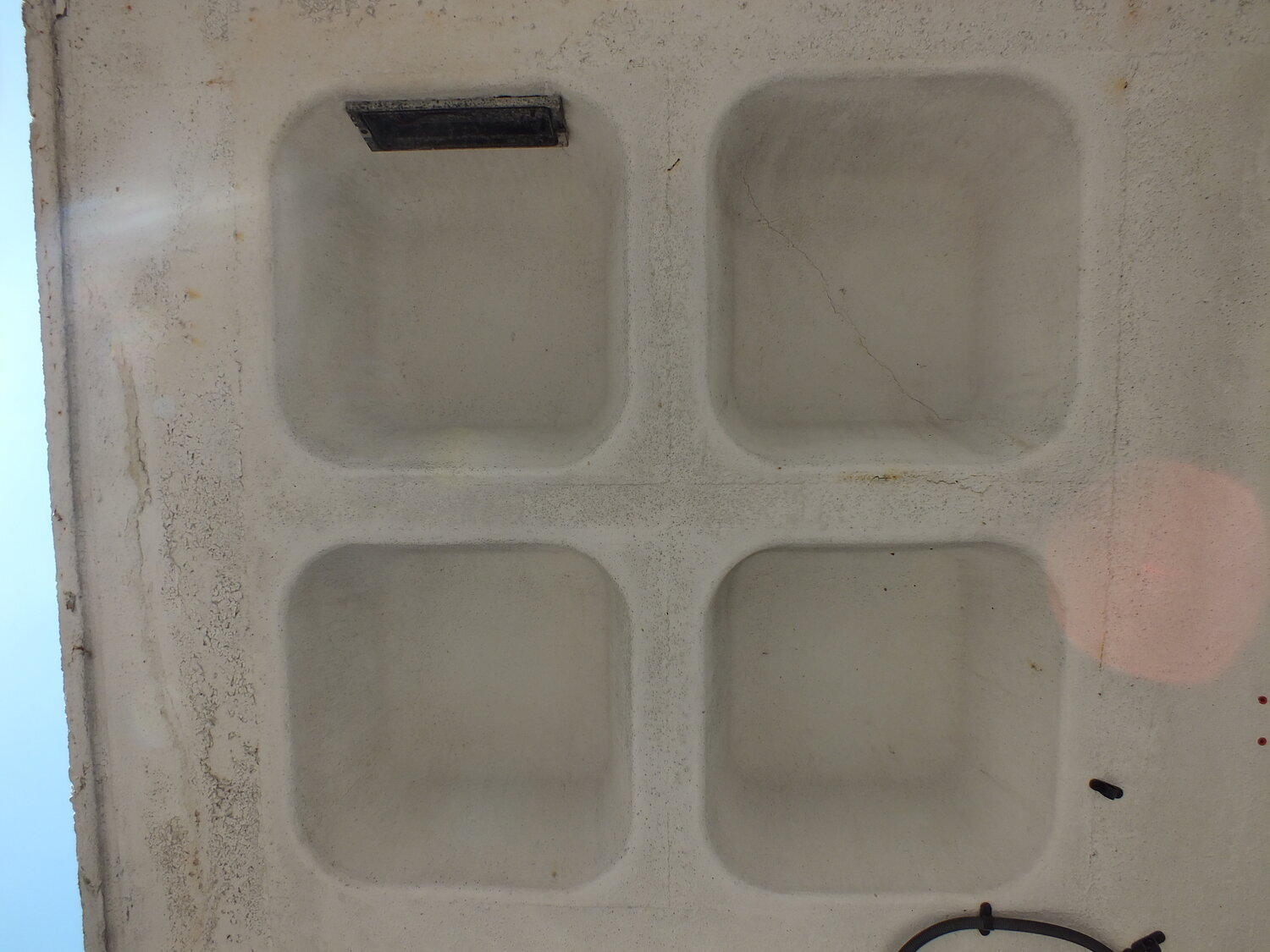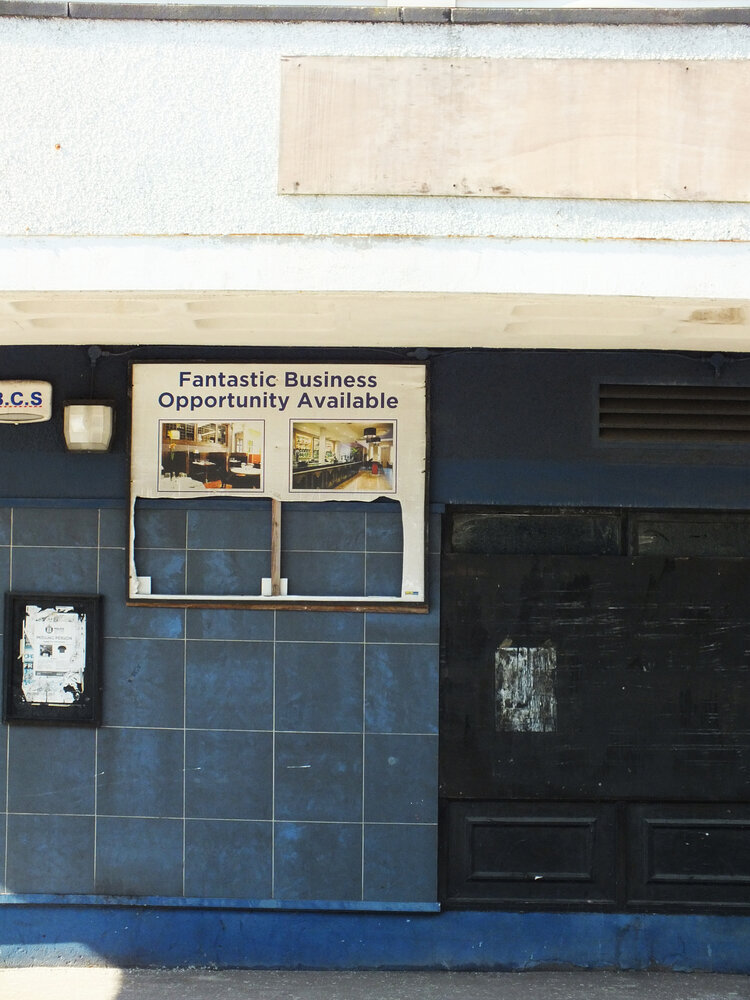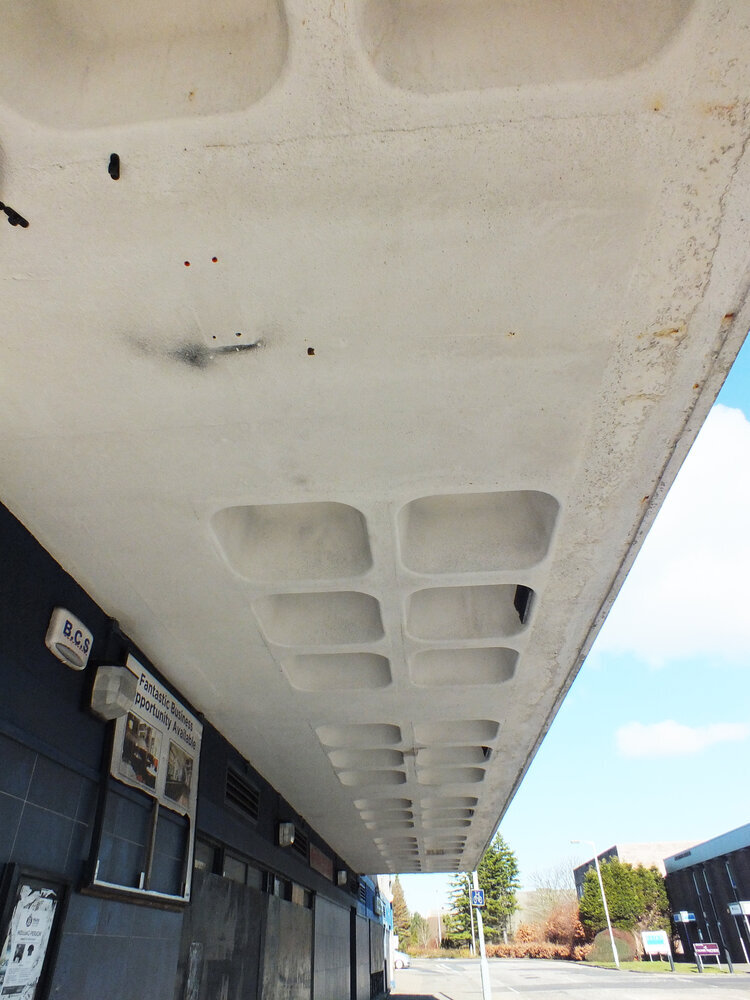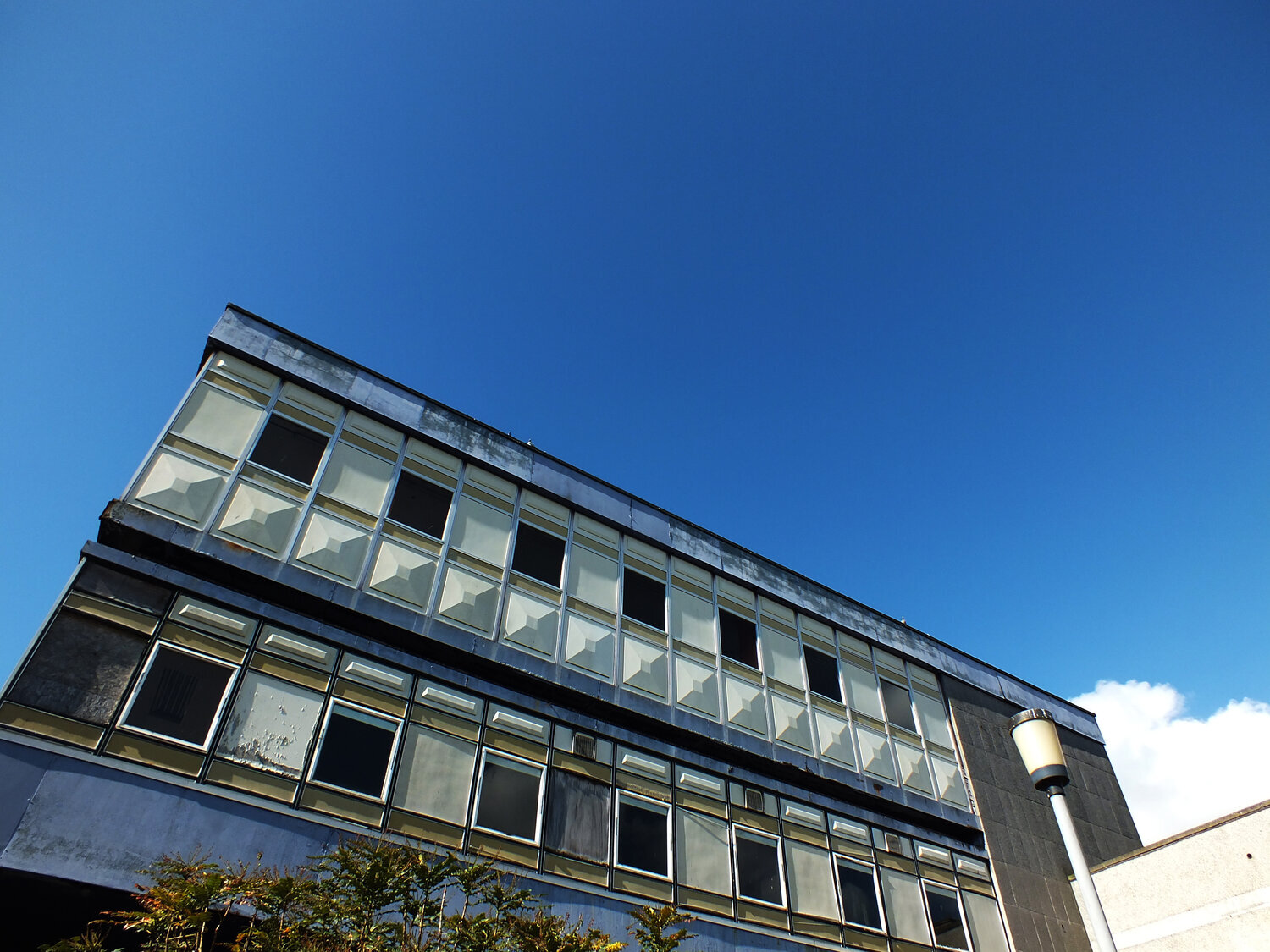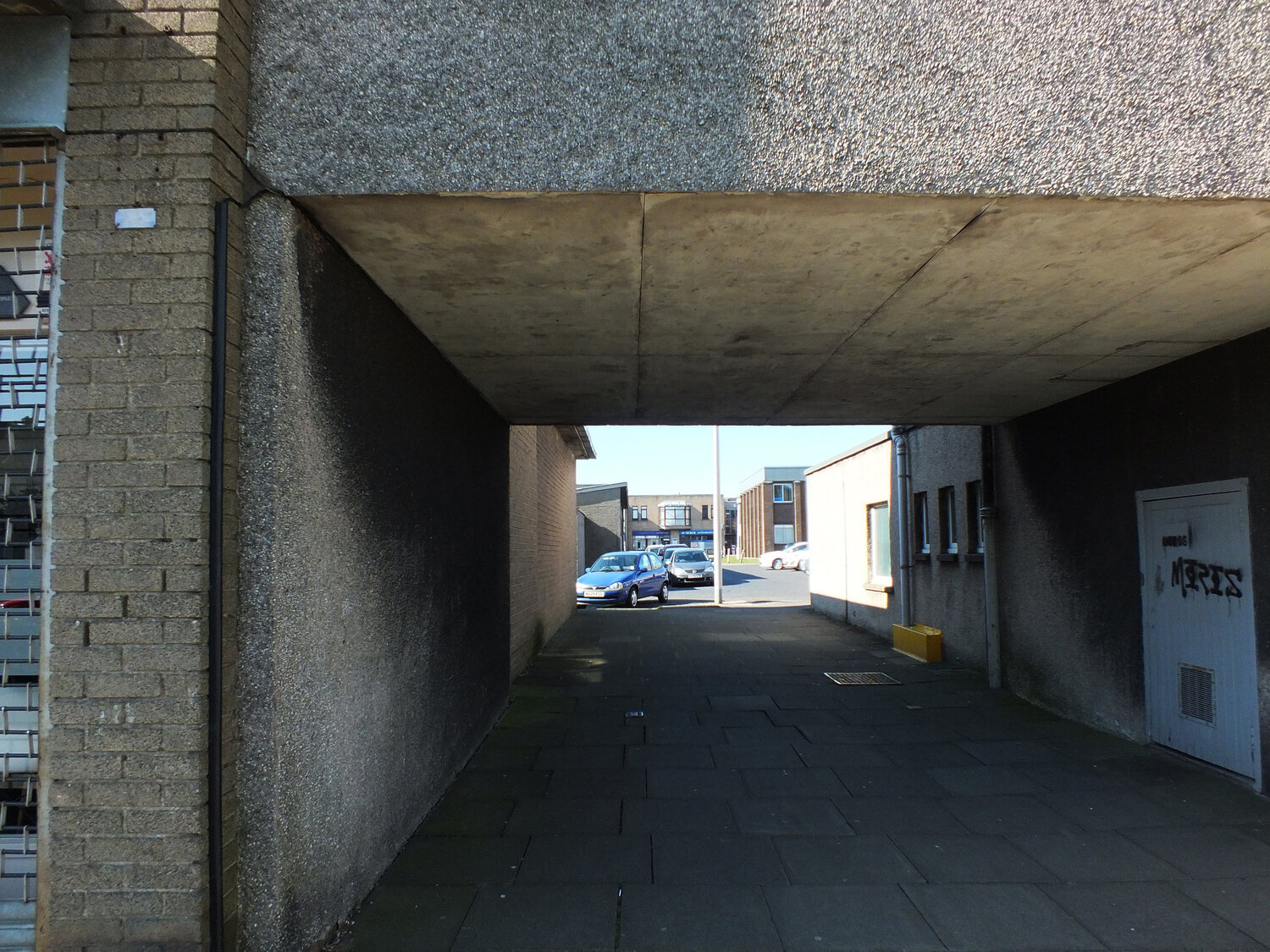time flies - it's march now, how did that happen? nevermind, in the quest for constant inspiration i'm pleased to announce that my series of design conversations continues and this time i had a virtual cup of coffee with louise kirby, dundee-based surface pattern designer, illustrator and artist, whose work you might see in and around the city as well as on cards and smaller products. she is a multidisciplinary talent whose work is fabulously colourful and warm and i was really keen to know a little more about her work and inspirations.
ZITA: first of all, thank you for accepting my invitation, i'm really happy to have you here as i'm really impressed with your work. could you tell a little bit about yourself, what you do and how you got there?
LOUISE: hi! i'm louise kirby, a local designer, i'm based in dundee and i've got a studio in dundee at wasps studios. i create bespoke print and patterns that ultimately captures a sense of place - within in all my work i like to bring out the positives and bring really meaningful and unique imagery that relates to the local spaces or briefs that i'm working on. my work is on quite a range of different things and i apply it to really small scale things as well as larger, public art, mural types of works as well. but in everything i do has this playfulness to it. my background is in textile design so my work has this kind of playful textile influence to it - i try and capture a sense of place with it but also the particularities of the brief i'm working towards. and how i got there..?
ZITA: yes! please tell a little bit about your journey too.
LOUISE: i studied printed textiles at duncan of jordanstone (DJCAD), but i graduated in 1999 so it was over 20 years ago now. i absolutely loved printed textiles and i was completely on fire. from when i started my first block, when i first discovered printed textiles i just absolutely loved it. as soon as i graduated i went to london and worked for a fashion design studio where i was coming up with print ideas but it was following trends and very much fashion related. i really liked working at that fast pace and constantly changing briefs, that we had to constantly come up with new ideas. then i moved back to scotland and just continued freelancing for the same design studio. then i took a little bit of time out and went travelling for a year - which i really recommend to everyone! i was really lucky, when i was in australia i decided to approach one of the design studios so i ended up doing some work for them too, john kaldor fabricmaker ltd. in sydney. i was only doing it for a couple of months but it was a great experience - and the design studio knew my work because they bought my designs before just through the fashion industry.
ZITA: wow!
LOUISE: when i came back i really wanted to just work out what i'm doing and where i'm going, so i decided i wanted to create my own label then. i created printed scarves on silk and wool, hand screen printed or monoprinted, and i would make them myself. this was really high-end, gallery type stuff and i did some shows with that, but i didn't just want to keep making things, and i did another "big review" about where i'm going and what i'm doing, and i got a little bursary to do some research and self development. i was always kind of worried about just making things and keep adding stuff to the world - i didn't just want to do that. i guess what i'm good at is coming up with ideas and working towards briefs, and i wanted to be able to apply that. and that's when i was starting working on more of these illustration type things and different briefs, and also seeing my work helped me think about how patterns can be applied not just onto textiles but murals and different scales. with most of my designs, i guess i really wanted to be purposeful, to be doing a job that improves space, i guess making a difference, in a way.
ZITA: that's really fascinating, and your journey is fascinating! you know it's funny because i took quite the opposite way. ok, i didn't start from illustration but from graphic design, it was more typography and logos, but then it was from that i discovered pattern, and printed textiles. whereas you started with that and then expanded. it's really interesting to see. i really love what you say about the sense of place and it is quite literal in some of your work when you do the murals. i'm really interested in those projects! i'm researching a lot about new towns such as glenrothes and i love the concept of a town artist. when you talk about improving a place and making a difference, i always think about those so i'm really wondering how these projects found you, and where we can see them in your work?
LOUISE: i guess when i come across a brief like that, i always think about, what is meaningful and unique about that particular place and focus on bringing out all those positives. how i found them... i guess it's either through open calls or you just see the commissions advertised, or maybe i've worked with people before and they know my work. an example of this is the scrapantics mural that was an open call for artists, which is on concertina doors - it's three or four metres tall and i had to use scaffolding. for me, thinking about the sense of place was about what that shop was about. scrapantics is a reusables store, a bit of an aladdin's cave of lots of different things. so i used my patterns and layering, that kind of juxtaposition of my style as a metaphor of what's inside that store, that kind of clashing and mixing things together and bring that out to the street, and just bringing some joy into the street.
ZITA: beautiful!
LOUISE: other commissions i've worked on was the tayside healthcare trust, i worked on three different sheltered housing units, within their corridors to help improve the space and it involved lots of consultations with the tenants there. what's really important is that it's never about me just coming along and decide "hey this is what i'm gonna do", i think it's really important that i get it right for whoever's using that space. i always do the research then arrange consultations to try and really understand and get a bit deeper into what's important to the people. then i develop ideas - then i'll keep going backwards and forwards in order to come up with design solutions that fits the site-specific requirements of the space and works for all the people who will use it. i've only been really recently getting into public art, and i've done some of the wild in art trails - which are really fun to do! because they are so accessible and they're outside, it encourages families to get out and about. i really like the wild in art trail so i've done a few.
ZITA: this is super fascinating. i really admire these types of work - i've never done them myself but i love it. i love it when people adapt and colour in their built environment. it's really interesting to see how that works and responds to people.
LOUISE: yes when i was physically there and painting the scrapantics mural, people were stopping in the street and someone actually came up to me like "wow you're responsible for actually bringing some joy to the street?!" so it does make a difference! there were three commissioned by scrapantics and the whole area around it actually feels more vibrant and more - it kind of reflects the area i think, by just adding some murals to the street.
ZITA: i love that you told this story, that people stopped and talked to you. i love it when a place creates conversation in the community. this is really cool! having started from fashion though, and with printed scarves and the like, do you find it difficult to work to such different scales? i know that you do cards as well and then you say that you worked on a 3 or 4 metre tall mural... is there a lot of change in your process to adapt to that?
LOUISE: not really. i mean i love the challenge of working to a huge scale. the biggest thing i've ever done was ten metres by four metres, and I did an A4 or A3 sketch. it's still the same process, i guess i have to think about the shapes and the scales it's going to go on, how it's going to look or how it's going to be worn, so you're always just considering the end product, i guess. but it's the same process of research, development, testing ideas, playing, drawing skills, colour... all that kind of work. it's still the same process. i find it quite easy to move from one to the other actually. i guess the challenge gets me quite excited, in a way of "oh i've never done this before!". i tried to once put my designs on aeroplanes.
ZITA: really? wow, what was that like?
LOUISE: it was part of a competition, quite a long time ago now, and i got to the top ten selected designers to put my designs on british airways aeroplanes, but the idea of even just doing that brief helped me visualise the scale, like "oh wow, what could it look like?", what kind of scale it needed to be, how it would work from a distance and just understanding of how it would be seen by different people.
ZITA: that's really interesting. your work is quite multidisciplinary - i love it that you went from scarves to aeroplanes and you take the same approach! is there an easy switch from project to project? how do you even start?
LOUISE: so i guess i'm just starting with a sketch of what the shape needs to be, if it needs to be a card or an aeroplane or a mural or whatever, i'm understanding proportions first. then i guess i just throw myself in! and i'm always learning, all through my creative career, i always find myself googling things and watching youtube videos if i need to, so definitely there is always a learning process. and that's exciting! and it helps develop my work as well, pushes me further and makes me think. it's important to use the brain! but yeah i do find it fairly easy to switch between scales and briefs.
ZITA: and does inspiration find you spontaneously or do you have to go after it a lot?
LOUISE: i'm always out and about so i'm always looking and noticing things, and it might be something really simple, like stripes, or lines or something that i can make connections with. or it might be some metaphors, something i can find meaning in and play with the ideas. it generally happens when i'm out, i have my phone with me to record little bits. my phone is full of something like 23.000 photos or something. obviously if there is a brief and a specific project, i will go out and look for inspiration that's relevant to the project. but generally i just love being outside and noticing texture and surface and lines, stuff like that. just stopping and looking closely at something.
ZITA: that's the creative way of seeing i guess! what is it in specifics you're discovering when you're out though?
LOUISE: i love looking at different textures or surfaces together, in close-up, i like that kind of juxtaposition of colour and pattern that sit together and layer up. going for a walk i think is one of the best things to do. if you tried find inspiration forcefully, it might not always be the best.
ZITA: i agree with that.
LOUISE: i guess finding your own things as well is really important. to find your own inspiration. the stuff you're taught at art college of using your own work and not using someone else's photos etc. to find what's important to you and your practice.
ZITA: that comes from your own eye i guess. apart from developing your own language, your output, you must develop your own eye, your input as well. to train your eye to see what you're really looking for. talking about others and inspiration from them though, here's the bit i'm always going to ask from everyone - can you recommend a book or another designer who might be worth looking up?
LOUISE: i think the whole series of the austin kleon books are really good, the show your work!, steal like an artist, he's got about five of them i think. and they're short reads and pictorial as well so they're really good, motivational little books. the simon sinek stuff, relating to finding your "why" as well, i've read that recently. as for artists... i'm going to recommend you someone from dundee, her name is nicola wiltshire and she paints on patterned fabric. her work is really interesting and she uses really really interesting colour combinations. some of her recent work has been about landscape and places - and some of it is more like portraiture or still life.
ZITA: that's cool, i will definitely check her work out. the simon sinek book has actually been on my list for a while as well. good recommendations, thank you!
LOUISE: listen to the ted talk first, there is a ted talk. there's a whole process to go through, it's really worth it. you're about to look back on your life and find the things that are really important, to find out what ultimately is driving you. and it's not always what you think it might be!
ZITA: ooh that sounds interesting, i look forward to getting into that! and to finish this conversation with even more useful information, where can we see your work, what can we expect to see from you this year?
LOUISE: you can see my work in dundee and the dundee delights collection that i create, which is a range of greetings cards, prints and products. currently only really available on my etsy shop as most of the stockists are closed. out and about you can see my stuff, i guess the scrapantics mural is one and you can also see my penguin from the maggies penguin parade in jute cafe bar in dca (dundee contemporary arts.) as for what's to come later... i'm working on an amazing project just now, it's called spaces for people. it's quite exciting and i'm getting to do all the things that i wanted to do! it's about improving space for people in an area and we're creating temporary interventions to try some ideas out. but i'm not going to say too much about it because it's not out there in the public yet!
ZITA: oh that sounds super exciting though i wish i could ask you more about that.
LOUISE: i know! and i've got more of the wild in art sculptures as well - i've already created the lighthouse trail so the lighthouse trail is going to happen this year, but that's going to be in the aberdeen - shetland - moray - orkney areas. and i've just been told that i'm getting to do another one! but i cannot tell you what that is yet.
ZITA: amazing news! very exciting.
LOUISE: i'm also doing a project with dundee rep theatre, i got one of the micro-commissions, to create a piece of theatre. something completely different for me! i'm collaborating with a drama artist called amy hall gibson, and we're creating a piece of children's theatre called "dundee delight dice". this is based on what i do, highlighting all the positives about dundee but bringing it to life. using a giant "story-cube" type idea. that is going to be coming out later this year as well. we're having to adapt it because it's not necessarily going to be in the same format that we pitched originally due to the circumstances just now. but this is quite exciting, because i really like seeing my work in a new context and it's making me think about how my designs can work in different ways as well. and who knows what else! i will keep applying for things and see what happens.
ZITA: this is very exciting. and what a journey! from fashion through murals and aeroplanes and now children's theatre. this is an amazing creative journey and just really shows how a particular way of seeing and working and applying patterns and colours can be applied to so many things. thank you so much for sharing with me.
LOUISE: it's been great!
-
links:




